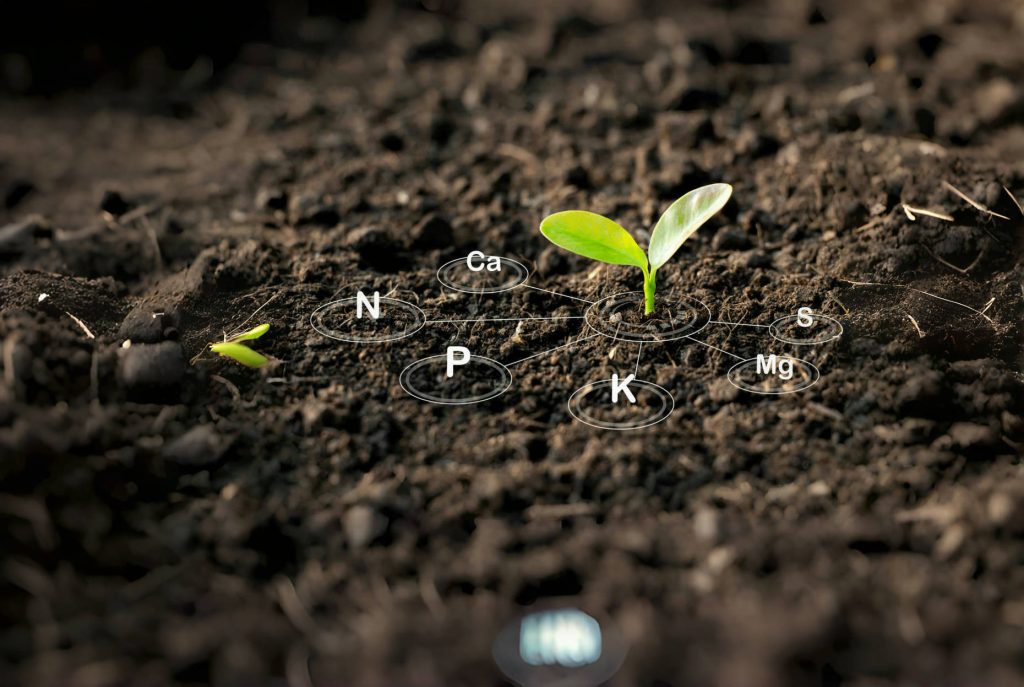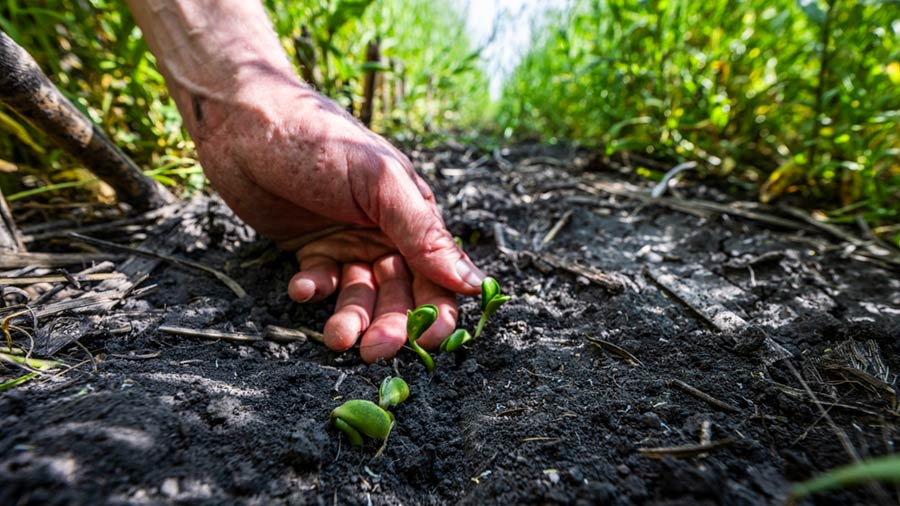Home gardening has seen a surge in popularity as more people strive to grow their own food, reduce environmental impact, and reconnect with nature. Amid the search for sustainable gardening methods, biochar has emerged as a powerful ally. Derived from organic materials through a process called pyrolysis, biochar is a type of charcoal that offers a range of benefits to the soil and plants.
This natural soil booster enhances nutrient retention, supports beneficial microbes, and improves water management in garden beds and containers alike. For home gardeners looking to level up their green spaces, integrating biochar can be a game-changer.
How Biochar Works in Your Garden
Biochar works by creating a porous structure that hosts nutrients and microorganisms. Once incorporated into the soil, it acts as a sponge for water and a reservoir for nutrients. These properties allow plants to access essential elements over extended periods, reducing the need for synthetic fertilizers and frequent watering.
Moreover, biochar helps buffer soil pH, making it especially useful in regions with poor or unbalanced soils. Over time, the improved soil structure can lead to healthier root systems and more vigorous plant growth.

How to Use Biochar in Home Gardening
Before adding biochar to your garden, it’s essential to “charge” it — meaning saturating it with compost tea, worm castings, or other nutrient-rich inputs. This prevents the biochar from initially absorbing nutrients from the surrounding soil, ensuring your plants benefit right away.
Here are some simple ways to use biochar in your home garden:
- Mix it into compost and let it sit for a few weeks before application.
- Add it directly to garden beds or containers, blending thoroughly with soil.
- Combine it with organic fertilizers for slow-release feeding.
Making Biochar at Home
While biochar is available commercially, making it yourself is a sustainable option if you have access to organic waste such as pruning branches, sawdust, or crop residues. Through a process called pyrolysis, biomass is heated in a low-oxygen environment, transforming it into stable carbon-rich material.
Although traditional backyard methods like pit firing exist, more efficient and cleaner options are available. Small-scale biomass pyrolysis equipment is now accessible, allowing homeowners to convert garden waste into useful biochar while reducing carbon emissions.
Choosing the Right Equipment
For those serious about sustainability and soil health, investing in the right tools can simplify the biochar production process. Compact carbonizer machines are designed to produce high-quality biochar from a variety of organic materials, including garden trimmings and kitchen waste. These machines offer a cleaner and more controlled method of carbonization compared to open burning.
Home-based models are designed for ease of use, safety, and efficiency, making them ideal for gardeners aiming to adopt circular practices within their household ecosystem.
Environmental Benefits of Using Biochar
Beyond the immediate advantages for plant growth, biochar contributes to broader environmental goals. When applied to soil, it acts as a long-term carbon sink, locking carbon in the ground for hundreds to thousands of years. This helps mitigate climate change by reducing atmospheric carbon dioxide.
Biochar also plays a role in reducing soil erosion, improving drainage in heavy soils, and filtering pollutants. Its integration into home gardening not only enhances productivity but also promotes a regenerative approach to land care.
Combining Biochar with Organic Practices
For gardeners already practicing organic methods, biochar fits seamlessly into the regimen. It complements composting, permaculture, and natural pest management techniques. Its synergy with microbial life makes it particularly effective when combined with compost, worm castings, and fermented plant juices.
As a biochar soil amendment, it improves soil tilth and nutrient cycling, encouraging strong, resilient plants that are better able to resist disease and drought stress.
Tips for Getting Started
If you’re new to biochar, start small. Purchase a small quantity, charge it with compost or worm tea, and test it in one garden bed or container. Observe the results over a season, noting any changes in soil moisture retention, plant vigor, or yield.
As you become more comfortable, you can explore making your own biochar, upgrading your composting system to include it, and experimenting with different blends for various plants. Remember that biochar is a long-term investment in your soil — its benefits accumulate and improve over time.
The Future of Biochar in Urban Gardening
As climate concerns grow and interest in local food production rises, biochar is poised to become a staple in urban and suburban gardening. Its unique ability to build resilient soil, reduce environmental impact, and support plant health makes it a critical tool for the next generation of home gardeners.
With advancements in technology and accessibility of tools like biomass pyrolysis equipment, more gardeners can embrace biochar as part of their everyday routine.

Conclusion
Biochar represents a bridge between ancient agricultural practices and modern ecological thinking. For home gardeners looking to cultivate thriving, sustainable, and environmentally conscious gardens, incorporating biochar is more than a trend — it’s a strategy for long-term soil health and food security.
By understanding how to use, source, and apply it, you can transform your garden into a model of regenerative living, one scoop of carbon-rich soil at a time. Beston Group is at your service for further information.